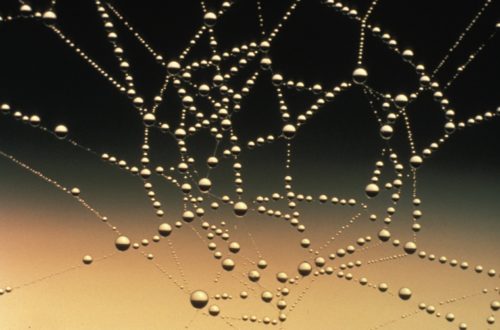
Ho’oponopono: The Spirit of Healing and Transformation
In the vast world of spiritual practices, ho’oponopono stands out not merely as a simple mantra but as a profound tool for inner cleansing. For those new to the term, and even seasoned practitioners, understanding the true depth of ho’oponopono can reshape perceptions and deepen one’s spiritual journey. This article seeks to illuminate the mysteries surrounding this Hawaiian practice, untangling its profound teachings from common misconceptions.
Understanding the Essence
Ho’oponopono was presented in the modern context by Dr. Ihaleakala Hew Len. He often alluded to everything perceived as possessing attributes of the superconscious, subconscious, and consciousness. However, his teachings have been met with confusion and misinterpretations. Some practitioners simply disregard his teachings, while others outside the ho’oponopono community raise eyebrows.
To truly grasp Dr. Hew Len’s teachings, we must first understand that words like ‘superconscious’, ‘subconscious’, and ‘consciousness’, while resonant with modern psychology, aren’t rooted in Hawaiian terminology. The true essence lies in the Hawaiian terms representing male, female, and child energies: Amakua, Uhane, and Unhipili.
Amakua: An all-encompassing term, Amakua refers to elders, protectors, and even God. As per legends, the Makua Valley was where humans first emerged and where souls depart after their earthly journey.
Uhane: This represents the spirit of a person. While Hawaiians believed each individual had two souls, one of which lived on after death, renowned practitioners like Morrnah Nalamaku Simeona were skilled in connecting with them.
Unhipili: Often associated with the spirit of a deceased individual, Unhipili holds a special reverence in Hawaiian culture.
These terms represent different forms of energy. In essence, when Dr. Hew Len speaks of “listening” to seemingly inanimate objects, he references tapping into these energies, interpreting their messages.
The Illusion of Reality
Dr. Hew Len’s assertion that ‘There’s no out there’ points to the interconnectedness of reality. The world around us, with its myriad experiences – from heartbreaks to joys – is shaped by the data, or past experiences, we carry within us. But ho’oponopono offers a path out of this illusionary world. Through its practice, one seeks to cleanse the data that triggers unwise reactions, fostering inner peace and clarity.
Ho’oponopono and Health
Understanding ho’oponopono extends to comprehending its relationship with health. The Amakua, Unhipili, and Uhane can be seen as elemental bodily humors:
Unhipili: Linked to air, the nervous system, and perhaps even enzymes in modern interpretations.
Uhane: Grounded in earth and water, it can be equated with mucus or phlegm.
Amakua: Represents fire, often connected with enzymes or bile.
While modern science may challenge these connections, in ho’oponopono, they are integral to understanding mental and physical health. Imbalances in these energies can result in ailments. For example, a predominantly nervous individual might be susceptible to conditions like rheumatism.
The Holistic Approach
At its core, ho’oponopono sees our physical, mental, and emotional realms as intertwined. It offers a holistic diagnosis and healing method, emphasizing cleaning unwelcome behaviors or environmental perceptions to maintain a natural state of being. By doing so, one can prevent ailments and ensure well-being.
Plant-Based Healing in Ho’oponopono
The tradition is deeply rooted in nature, often resorting to plant-based remedies. Morrnah Nalamaku Simeona, a recognized kahuna lapaau, exemplified this by gathering plants traditionally. Whether it’s the root, bark, or seed, each part of a plant holds healing potential in ho’oponopono.
Ho’oponopono in the Modern World
In Western societies, ho’oponopono has often been medicalized, contrasting the more spiritual approach found in Hawaii. This showcases the adaptability of the practice, but also underscores how ancient traditions morph in contemporary contexts.
Preserving the Legacy
It’s essential to acknowledge that much of ho’oponopono’s rich tradition has been lost over time, primarily due to colonization. Being an oral tradition, its rapid adaptation, especially in written forms, has somewhat diluted our grasp of its full expanse.
So, ho’oponopono is not merely a spiritual practice but a journey of self-discovery and healing. While it may share similarities with ideologies like the Law of Attraction, its ultimate aim is to cleanse karmic data, ensuring a life of clarity and balance. Whether you’re a beginner or a seasoned practitioner, embracing ho’oponopono can transform your spiritual journey, offering deeper insights and a more centered life.


You May Also Like

Your Magical AKA Chords: Unravel the Mystery That Connects Us All

Ho’oponopono: A Journey to Self-Awareness and Healing
